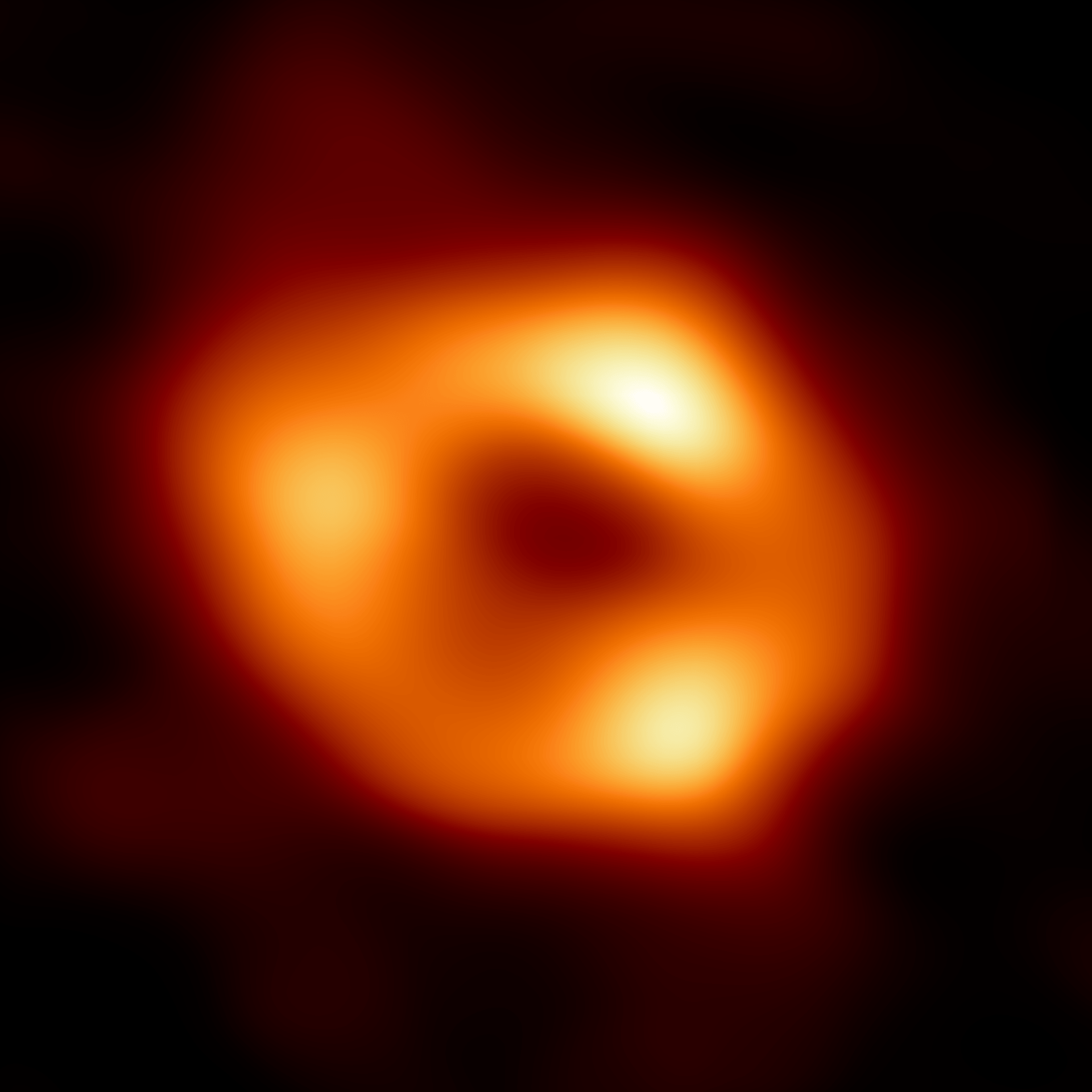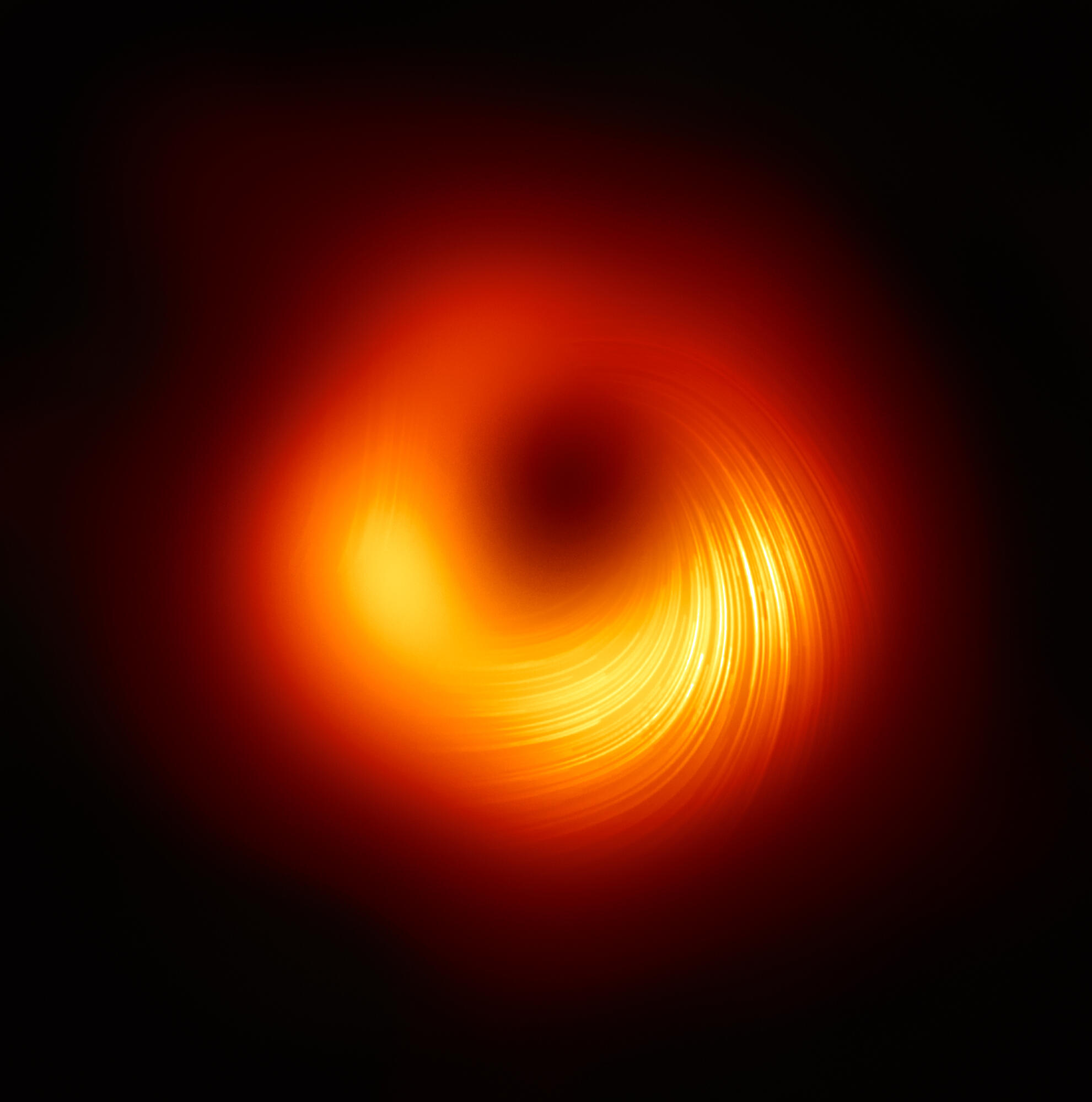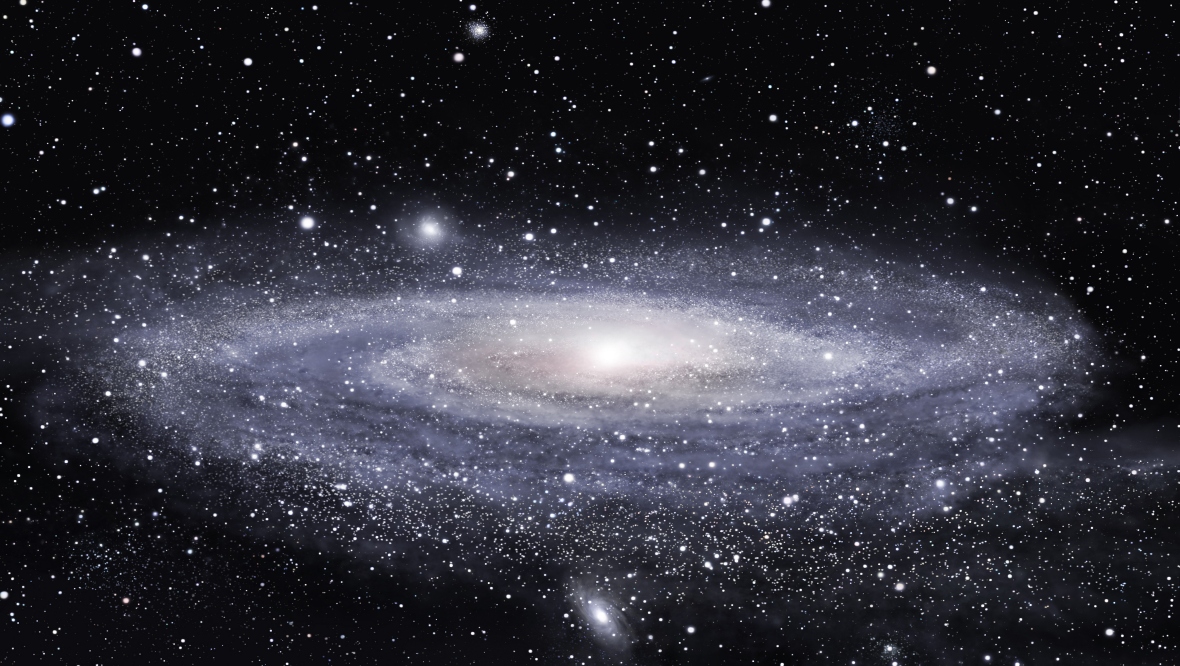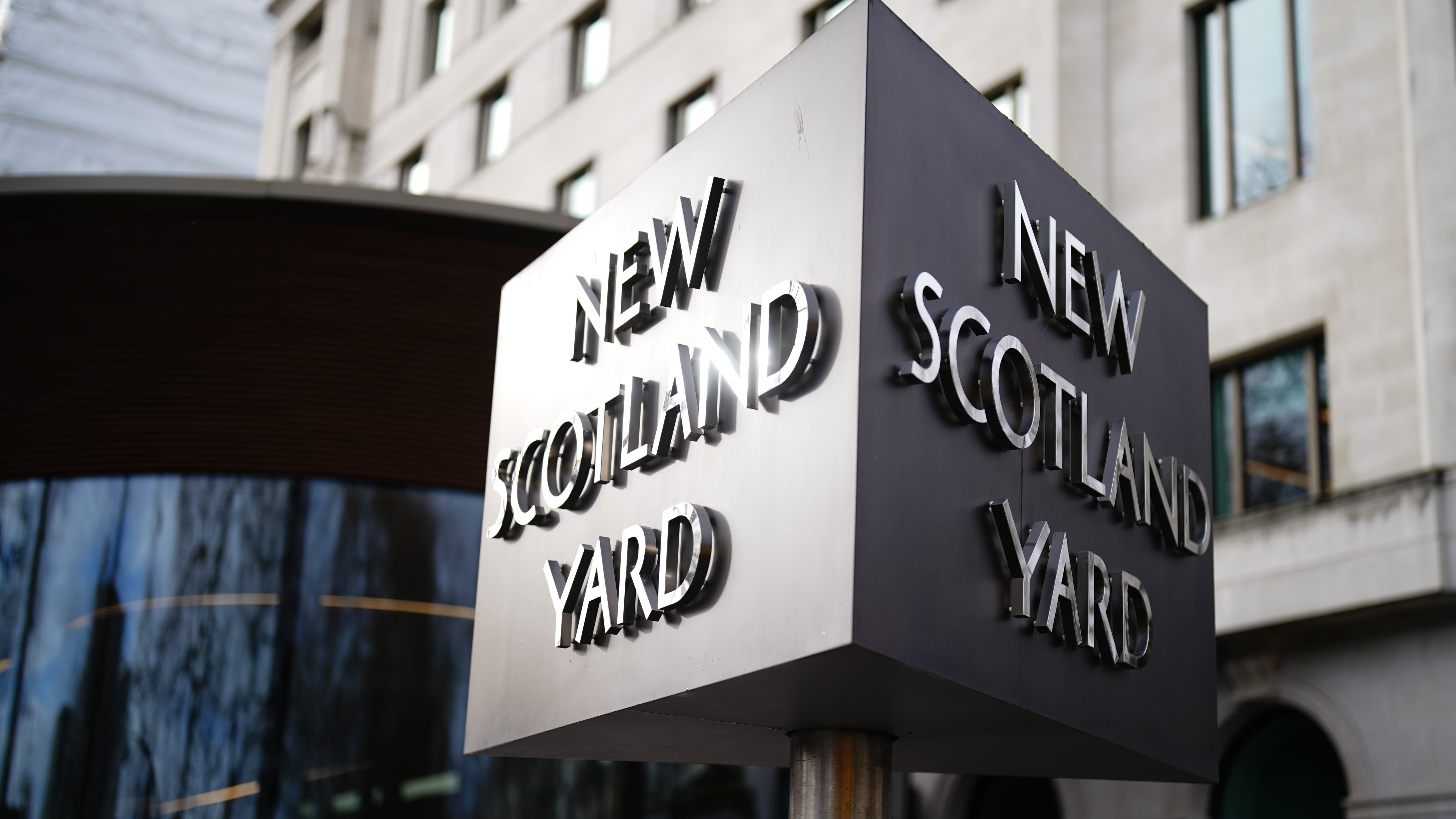Astronomers have unveiled the first image of the supermassive black hole at the centre of the Milky Way galaxy.
The image provides confirmation that, as previously suspected, the object is indeed a black hole.
The image was produced by a global research team called the Event Horizon Telescope (EHT) Collaboration, using observations from a worldwide network of radio telescopes, unveiled on Thursday.
Scientists previously noticed stars orbiting around something invisible, compact, and very massive at the centre of the Milky Way.
This strongly suggested that this object – known as Sagittarius A* – is a black hole, and the imagery provides the first direct visual evidence of it.
 EHT Collaboration
EHT CollaborationAlthough we cannot see the black hole itself, glowing gas around it reveals a signature: a dark central region (called a “shadow”) surrounded by a bright ring-like structure.
EHT project scientist, Geoffrey Bower, from the Institute of Astronomy and Astrophysics said: “These unprecedented observations have greatly improved our understanding of what happens at the very centre of our galaxy, and offer new insights on how these giant black holes interact with their surroundings.”
Thursday’s breakthrough follows the 2019 release of the first-ever image of a black hole, called M87*, at the centre of the more distant Messier 87 galaxy.
 EHT Collaboration
EHT CollaborationScientists are particularly excited to finally have images of two black holes of very different sizes, which offers the opportunity to understand how they compare and contrast.
EHT scientist Keiichi Asada from the Institute of Astronomy and Astrophysics said: “Now we can study the differences between these two supermassive black holes to gain valuable new clues about how this important process works.
“We have images for two black holes — one at the large end and one at the small end of supermassive black holes in the Universe — so we can go a lot further in testing how gravity behaves in these extreme environments than ever before.”
Follow STV News on WhatsApp
Scan the QR code on your mobile device for all the latest news from around the country


 iStock
iStock


























